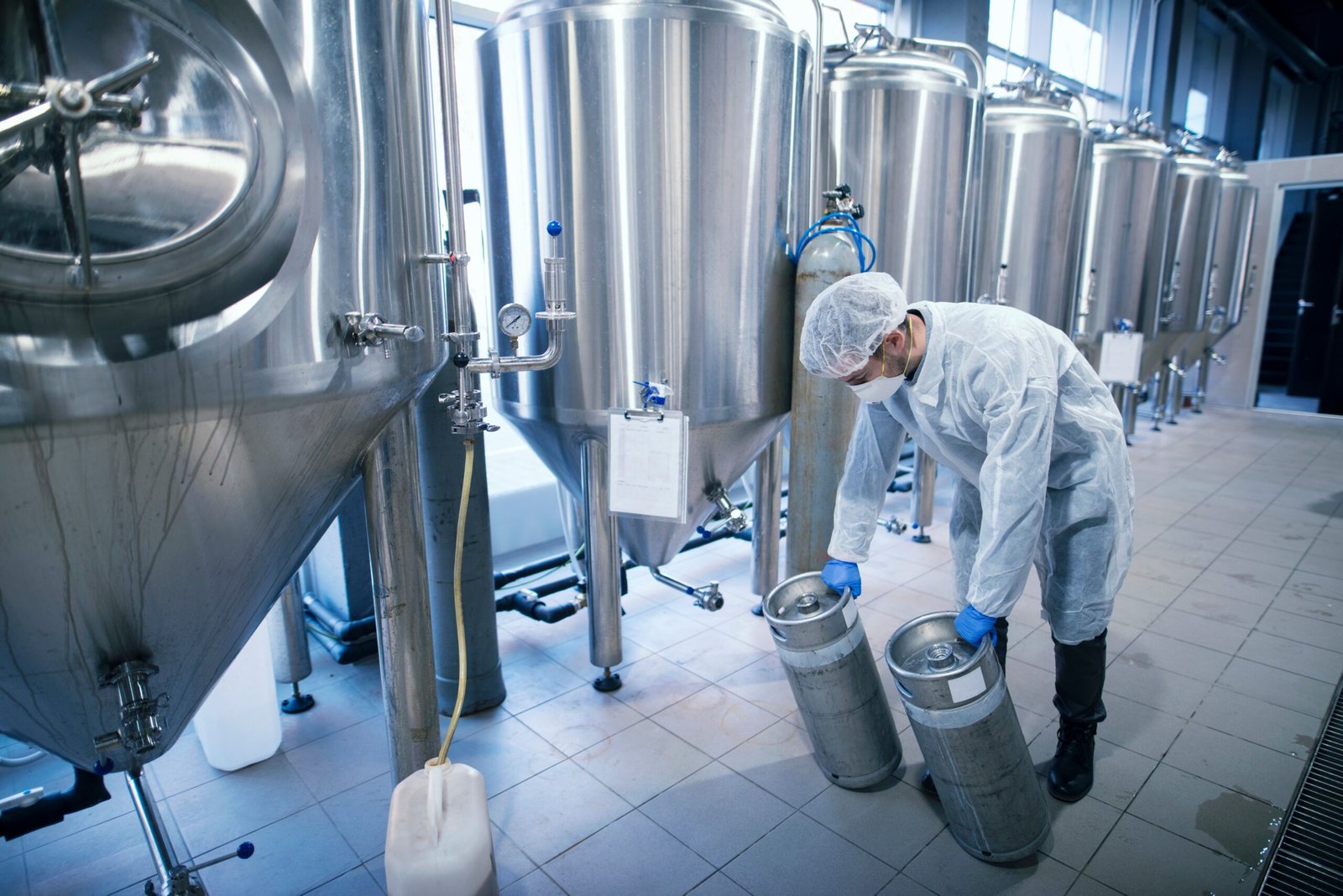Who Created HACCP?
The Hazard Analysis and Critical Control Points (HACCP) system is a globally recognized method for ensuring food safety. It is essential to understand its origins to appreciate its impact and relevance in the food industry today. This blog highlights who created HACCP, its history, and its evolution, presented in 70% point form to improve your website’s SEO.

The Origins of HACCP
1. Creators of HACCP
- Pillsbury Company: The primary developers of the HACCP system.
- NASA: Played a significant role in the system’s creation.
- U.S. Army Natick Laboratories: Collaborated on the development process.
- U.S. Food and Drug Administration (FDA): Later involved in regulatory oversight and adoption.
2. Purpose Behind Its Creation
- To ensure food safety for astronauts during space missions.
- To prevent contamination and hazards in food consumed in zero-gravity environments.
- To develop a proactive, systematic approach to identifying and controlling risks.
Key Milestones in HACCP Development
1. Early Development
- 1959: Pillsbury began working with NASA and the U.S. Army Natick Laboratories.
- 1960s: HACCP principles were developed to address safety concerns for space food.
2. First Application
- Used for food prepared for NASA’s Apollo space missions.
- Focused on eliminating hazards such as microbial contamination and physical contaminants.
3. Public Introduction
- 1971: Pillsbury introduced HACCP at the National Conference on Food Protection.
- Adopted by the FDA to improve food safety regulations in the U.S.
4. Global Recognition
- 1985: The National Academy of Sciences endorsed HACCP as the most effective food safety system.
- 1993: Codex Alimentarius included HACCP principles in its guidelines for food safety.
Why Was HACCP Revolutionary?
1. Proactive Approach
- Shifted focus from end-product testing to preventing hazards during production.
- Emphasized identifying Critical Control Points (CCPs) to mitigate risks.
2. Systematic and Structured
- Provided a clear, step-by-step process for ensuring food safety.
- Introduced principles that could be universally applied across industries.
3. Enhanced Consumer Safety
- Reduced the risk of foodborne illnesses and contamination.
- Set the foundation for modern food safety standards worldwide.

The Legacy of HACCP Creators
1. Impact on Food Safety
- HACCP principles have been adopted by food industries globally.
- Forms the basis for many international food safety standards, including ISO 22000.
2. Widespread Adoption
- Used in diverse sectors such as food manufacturing, catering, and retail.
- Mandatory in some countries for specific food products, like seafood and juice.
3. Continuous Evolution
- Updated to address emerging food safety challenges.
- Integrated with modern technologies like IoT and AI for better monitoring and control.
HACCP was created through the collaborative efforts of the Pillsbury Company, NASA, and the U.S. Army Natick Laboratories, with support from the FDA. Originally designed to ensure the safety of space food, HACCP has since become a cornerstone of global food safety practices. Its proactive, systematic approach revolutionized the industry and continues to protect consumers worldwide. By understanding its origins and principles, businesses can better appreciate the value of implementing HACCP in their operations.


